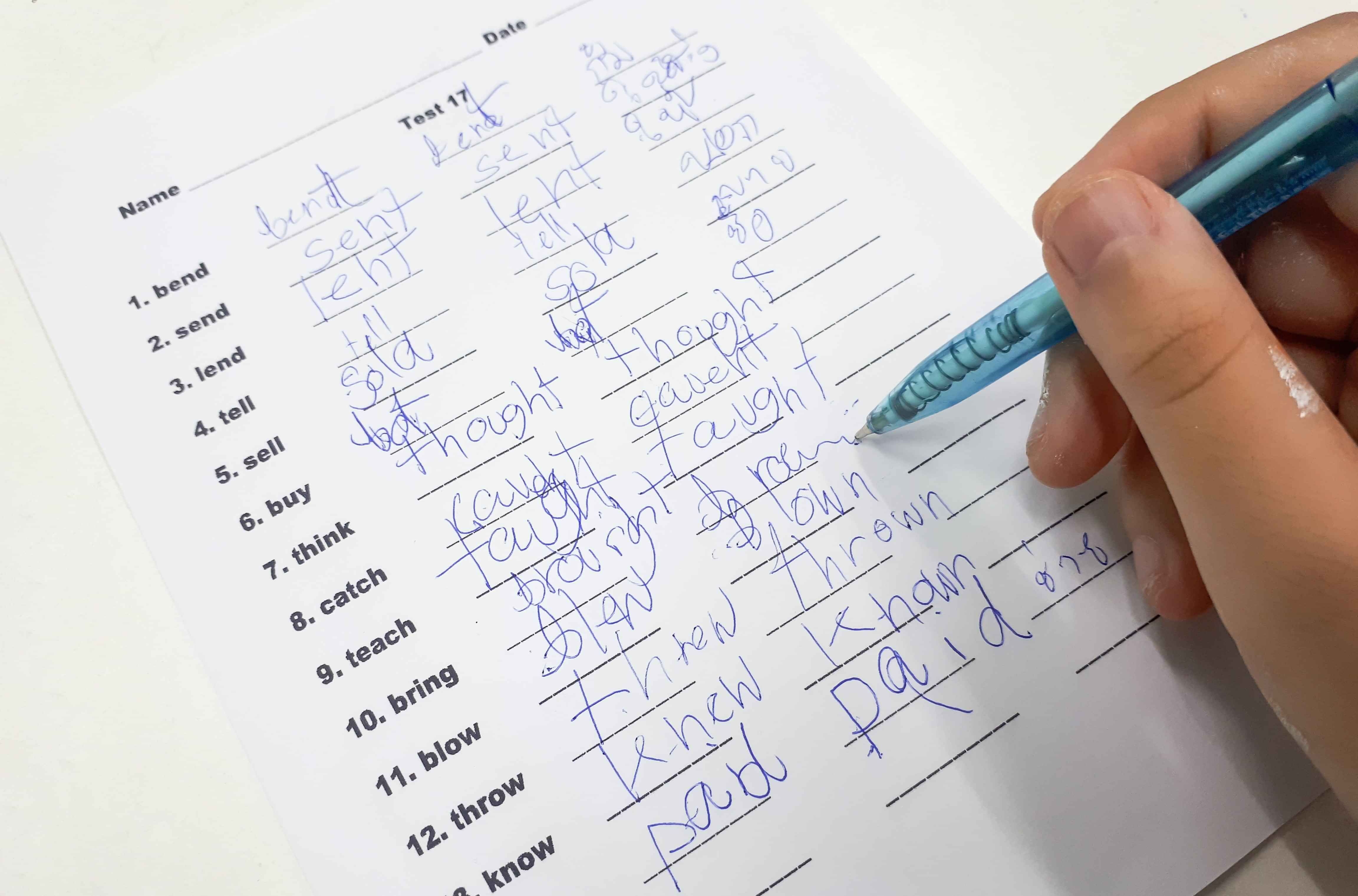Dysgraphia is a neurological condition that affects writing abilities. It can impact handwriting, spelling, and the ability to put thoughts on paper. Children with dysgraphia may know what they want to write but struggle to express it legibly and efficiently.

Signs of Dysgraphia
Messy, slow, or illegible handwriting
Inconsistent spacing between words and letters
Difficulty copying text
Poor spelling and grammar
Trouble organising thoughts in writing
Hand fatigue or complaints of hand pain during writing tasks

How is Dysgraphia Identified?
An educational psychologist can assess writing abilities through observations, standardised tests, and collecting work samples over time. It is important to rule out other factors such as visual or motor difficulties.

What Causes Dysgraphia?
Dysgraphia is linked to neurological development and often co-occurs with other learning differences like ADHD or dyslexia. It is not due to laziness or lack of effort.
Strategies for Home and School
Provide extra time for written tasks
Allow for oral responses where possible
Use technology such as typing or speech-to-text
Break writing tasks into smaller steps
Focus on content over handwriting neatness
Encourage stress-free writing practice
How Can CEPS Help?
Cambridge Educational Psychology Services can:
Complete assessments to identify strengths and needs
Provide tailored recommendations for home and school
Collaborate with teachers to develop support plans
Help whānau understand and support their child’s learning needs
Helpful Resources
Understood.org – resources for learning differences
The Writing Revolution – structured writing support

